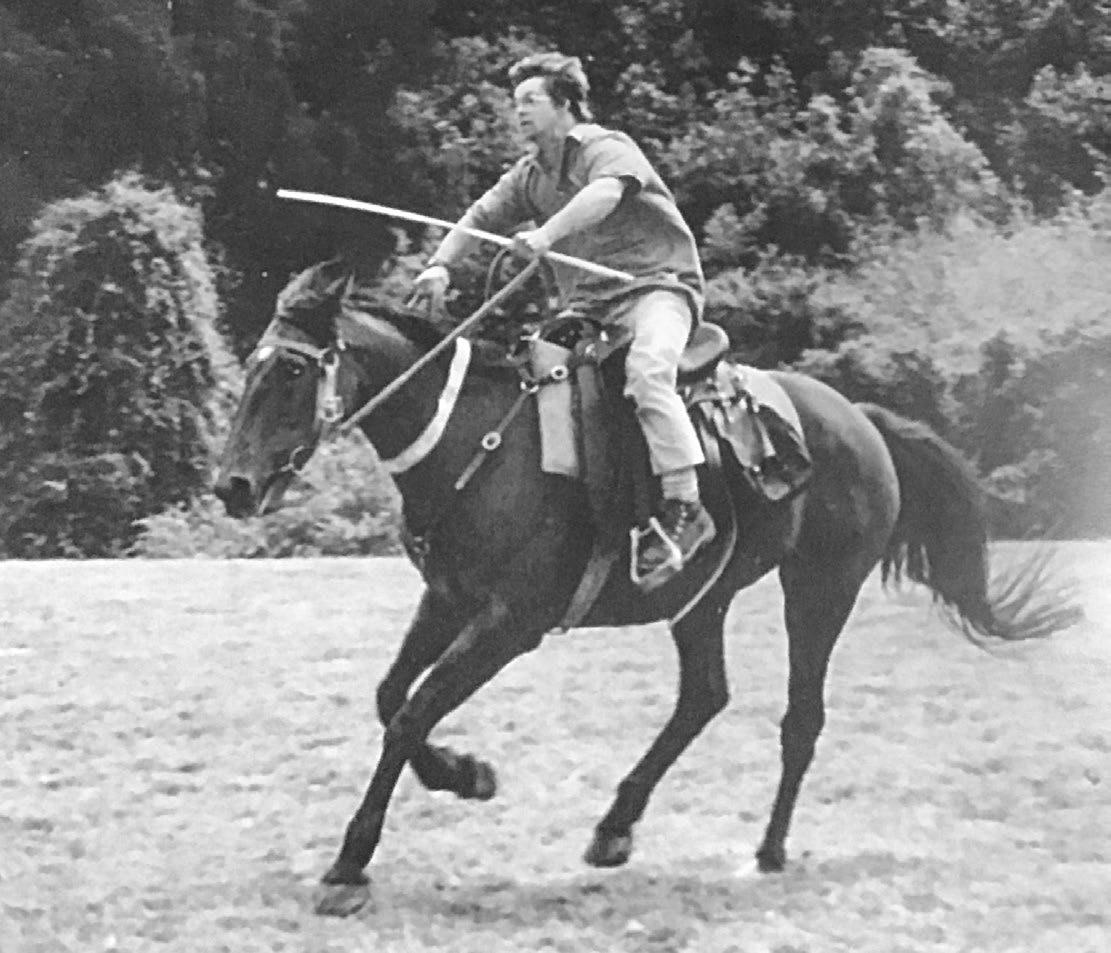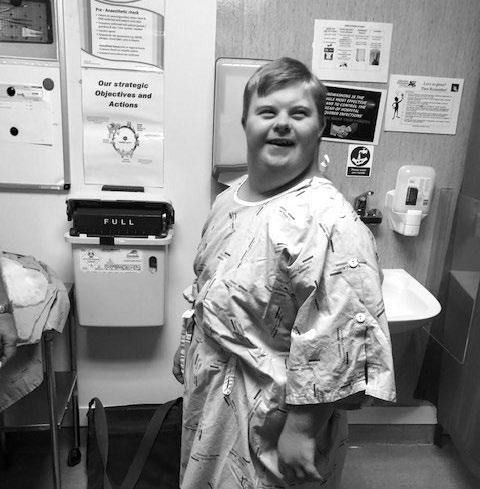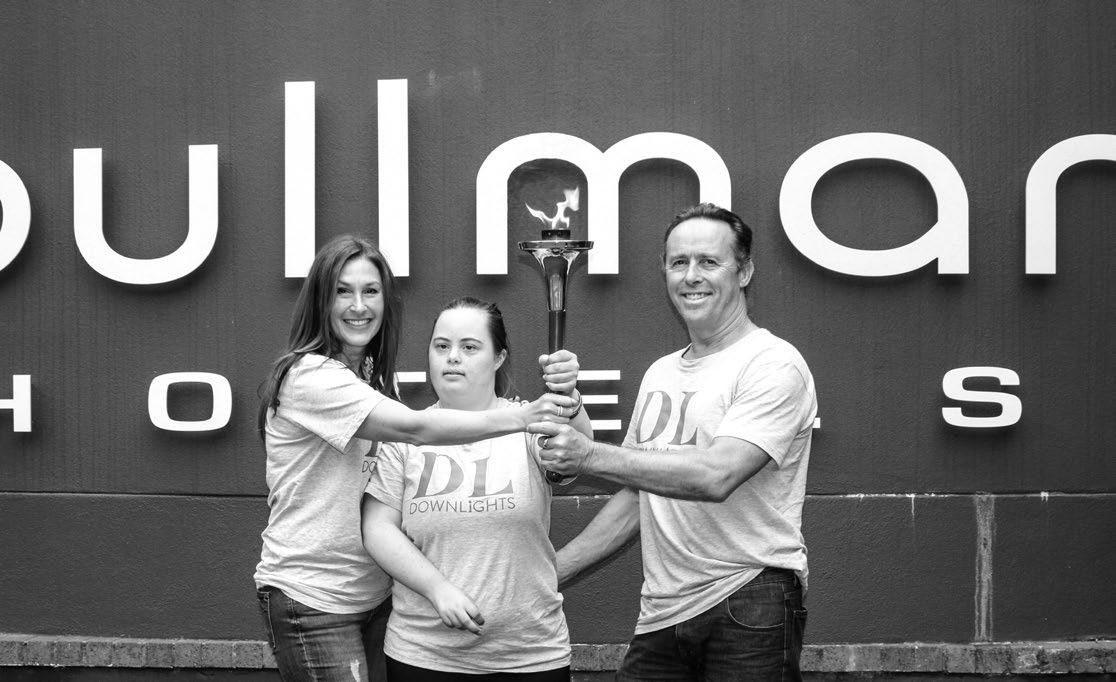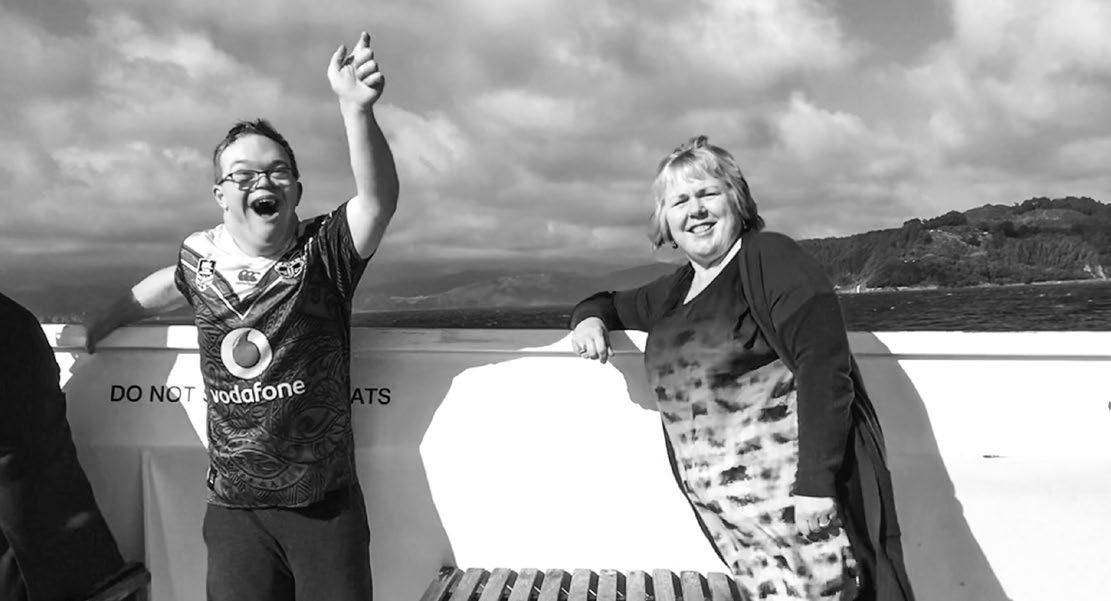From sign to word: One size does not fit all Early intervention experts Susan Foster-Cohen from the Champion Centre in Christchurch and Anne van Bysterveldt from the University of Canterbury have found some interesting patterns when researching the use of sign language alongside developing speech. In New Zealand, most children with Down syndrome are explicitly encouraged to use manual signs (either home signs or NZSL signs) as a means to help children communicate and encourage their spoken word development. The value of this approach is now well established thanks to the work of researchers such as Sue Buckley, Carl Dunst, and others. However, we still don’t know much about how individual children use their signs and words as they move through early childhood and what parents and teachers need to know in order to encourage the transition to spoken words. In our research, we have been examining the makeup of children’s vocabularies and how they change over time, because children appear to vary greatly in the degree to which they use signs, both initially and over time. Some children start out using (almost) exclusively sign and then gradually transition to only using spoken words. Other children stay with sign as their primary means of communication or they operate with a bilingual system where they use both sign and word for the same thing. We asked parents of children with Down syndrome attending the Champion Centre to complete the New Zealand Communicative Development Inventory (CDI) every six months from the age of two-and-ahalf or three to when they went to school. The CDI has a list of 675 items that are typical of pre-school children’s vocabulary (including words for food, animals, places, people, colours, etc.) and we gave parents the option of indicating whether
CHAT 21 | Issue 78, Winter 2019
their child had a sign, a word, both, or neither for each item. All the children were growing up in spoken language families (i.e. none were using a full sign language). We were not worried whether the sign was a recognisable NZSL sign or a hand gesture the family had come to recognise as a sign; and we were not worried about whether anyone outside the family could understand either the sign or the child’s version of a word. We simply took the parents’ perspective on their child’s communication, which they knew so much better than we could ever know as researchers. We are immensely grateful to the parents for completing this rather tedious task so often as part of our study. When we looked at the changes over time for each child in the study, we found a number of different patterns which we can illustrate with the graphs below. In these graphs, you can see the number of words for which a child used only sign, compared to the number for which they used both sign and word, and the number for which they had only words.
In the first graph you can see data from a child who started early in her transition from sign to word, progressing steadily over the time period from 36 to 66 months, and went on to school using mostly words and just a few signs, most of which had a word equivalent as well. As a strongly oral language user, this child is likely to be able to use her spoken language in the classroom and to be understood by her classmates and teachers. She does not, however, have a very large vocabulary overall, as measured by the CDI, having only 234 of the 675 possible items that can be ticked, so
24












